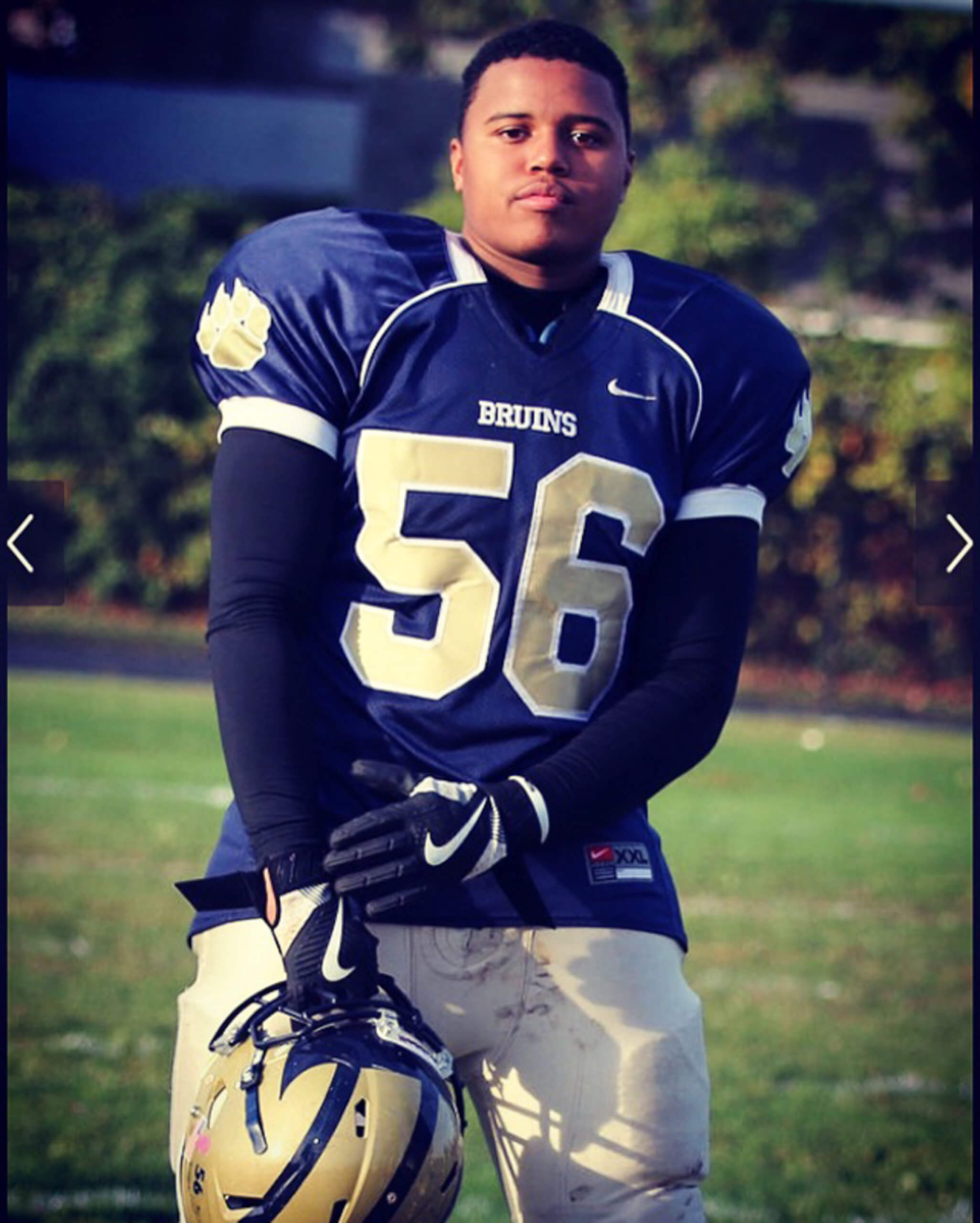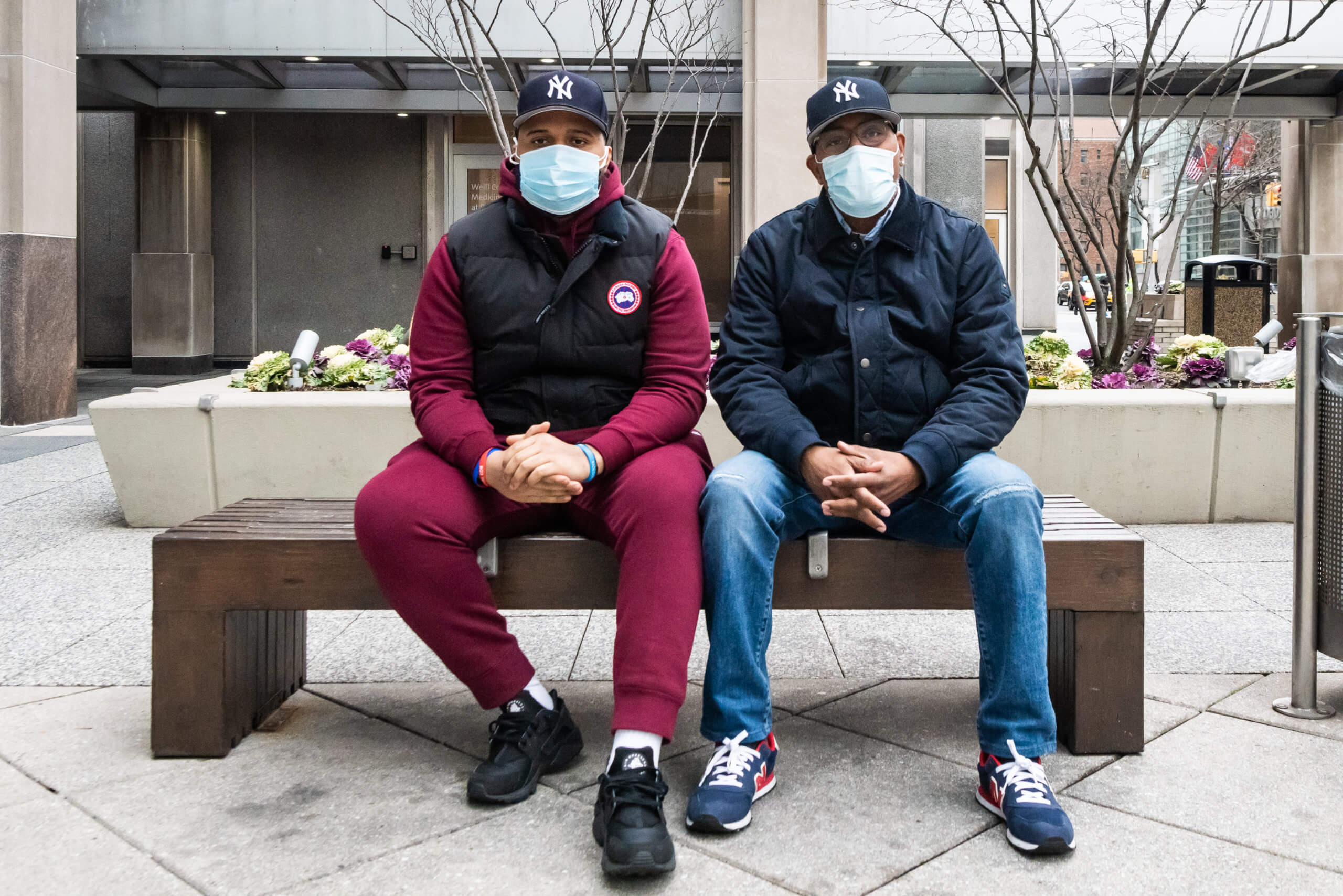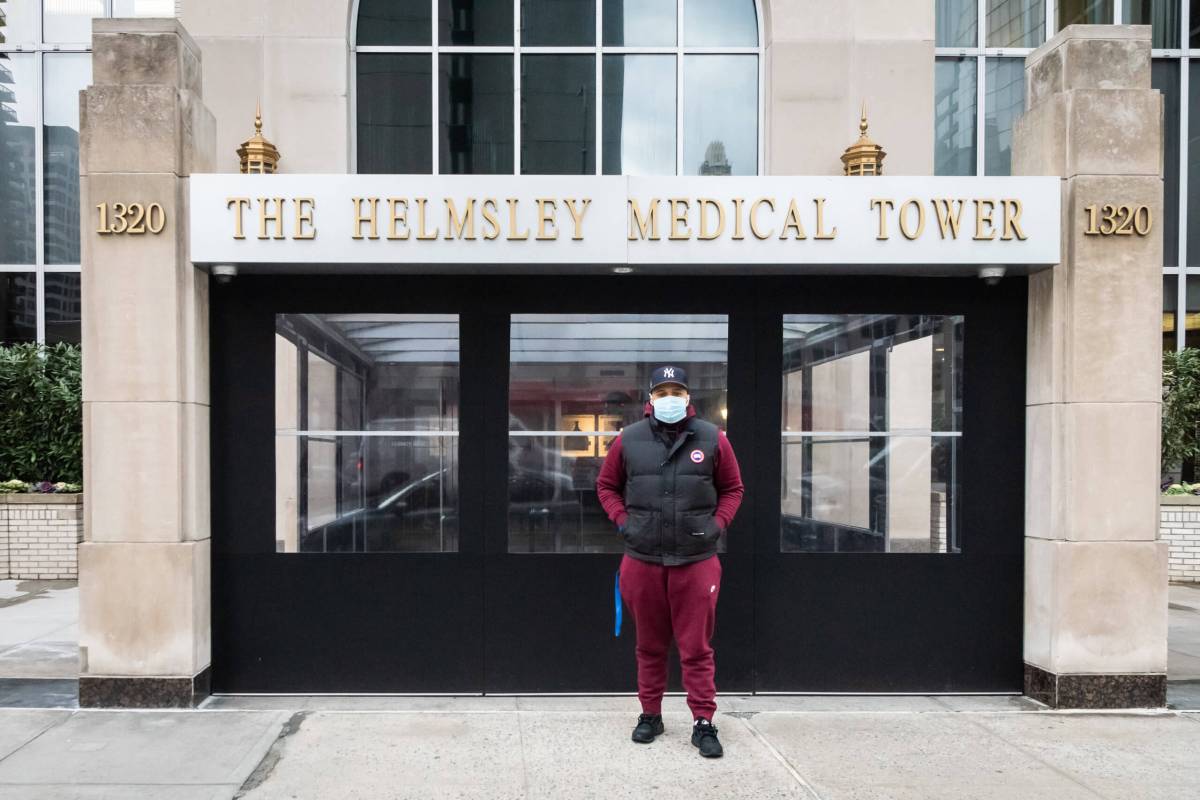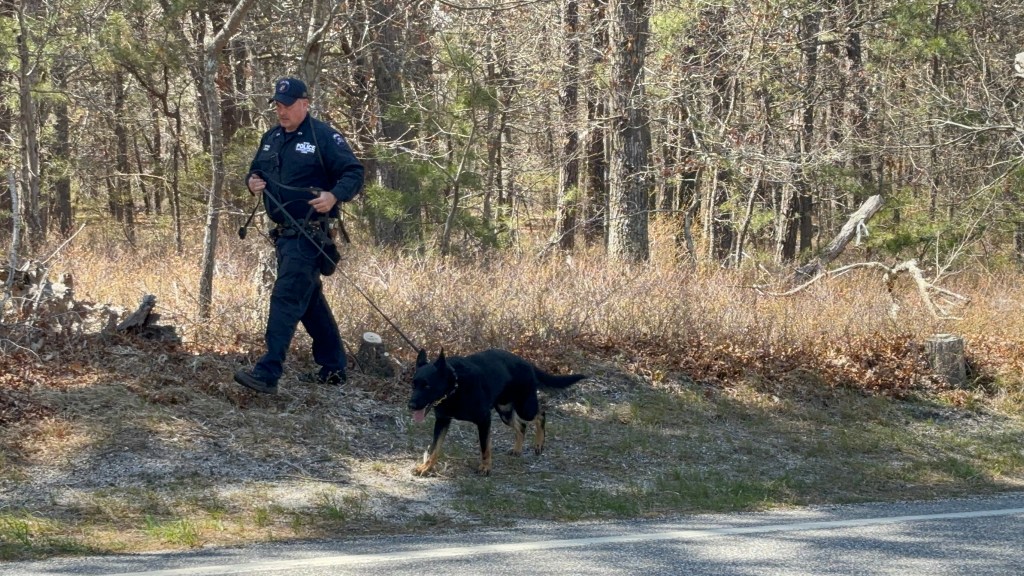Bronx native Emil Temple was about to begin his junior year at the University of Albany when the 20-year-old got a stunning and life-changing diagnosis: he had aplastic anemia.
“I’m taking it a day at a time,” Temple said about his battle against the illness. The ambitious and inspiring student of communications with a minor in business had to put his life and dreams on hold and focus on his health and find a matching blood stem cell donor instead.
Emil was diagnosed last December with the rare and life-threatening blood condition that stops the body from producing enough new blood cells last December. At the urging of family, professors and friends, he decided to take the semester off.
Until he finds a matching donor, he depends on weekly platelet or blood transfusions based on his hemoglobin count.
“It was a very big sacrifice for me to take off school at such short notice,” he said. “I’m a person that kind of just hides his emotion. So it’s like, you know, outside, I was kind of cool and collected. But inside, I was kind of nervous because I didn’t really know what it was, you know, what could this mean, for me, like, at age 40 or 50?”
Last September, Temple began suffering from extreme fatigue and one day noticed that his body was covered in tiny blood spots while taking a shower prompting him to seek medical advice.
After two bone marrow and one liver biopsies, he received the devastating diagnosis of aplastic anemia and was told that he needs a blood stem cell transplant.
It is the second bout of cancer for the ardent Yankees and Derek Jeter fan. When Temple was 13, he was diagnosed with osteosarcoma, a form of bone cancer, which was detected during an MRI after a bike accident.
After multiple surgeries and many physical therapy sessions, he recovered and enjoyed his teenage years playing high school football and baseball.

Emil doesn’t have siblings who could be a potential match, and his mother is only a half-match. His case is further complicated because of his Dominican and Panamanian background. Only 10% of participants in the New York Blood Center’s Be The Match registry are Latino, which makes finding an ideal blood stem cell donor challenging.
Jair Thompson, supervisor of recruitment for the New York Blood Center – Be The Match registry, is determined to find a match for Emil and urges everyone to register with Be The Match, which currently only has 22 million members nationwide.
He also wants to dispel the stigma and myth surrounding blood stem cell donations. Many mistakenly think donating blood stem cells is a painful and scary procedure, a belief perpetuated by TV shows and movies.
“In the case of Emil, my current patient, and patients like him, they have a hard time finding potential donors because of the low representation on the national registry,” Thompson explained. “We need to move past the myth about transplants because it hurts the diverse communities in search of a match. We need everyone to join the registry—especially diverse communities. Your heritage holds the cure!”
There are two methods of collecting blood-forming cells for transplants. One is peripheral blood stem cell (PBSC) donation, a non-surgical procedure.
Five days leading up to the donation, the donor receives injections of a drug called filgrastim to increase blood-forming cells in the bloodstream. On the day of the donation, blood is removed from one arm and passed through a machine that separates the blood-forming cells. The remaining blood is returned to the donor through a needle in the other arm.
Blood stem cell donation is a surgical procedure that takes place in a hospital operating room. Donors receive anesthesia and feel no pain during the donation. Doctors use needles to withdraw liquid marrow from the back of the pelvic bone.
The recovery time varies from donor to donor, though most can return to work, school, and other activities within 1 to 7 days after donation.

Emil’s dream is to work for Nike one day and hopes people educate themselves about the donor process.
“You know it’s tough now, and going through all this is kind of like a mind-boggling experience. Just a year ago, I was fine,” Emil remarked.
To register with Be The Match and find out if you could be a potential donor for any patient, visit www.join.bethematch.org/EMIL or text EMIL to 61474.


















